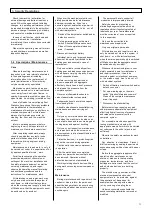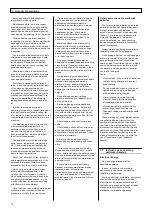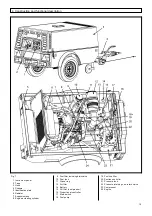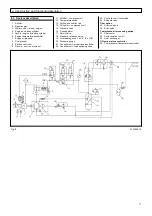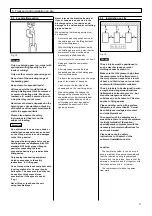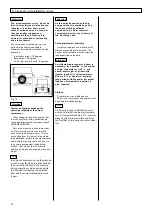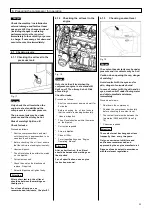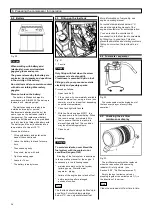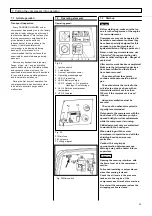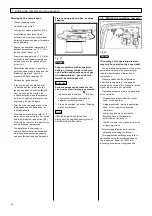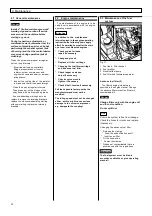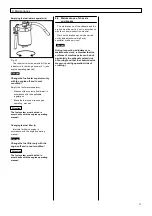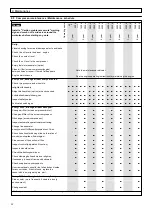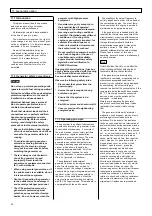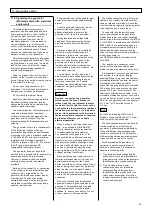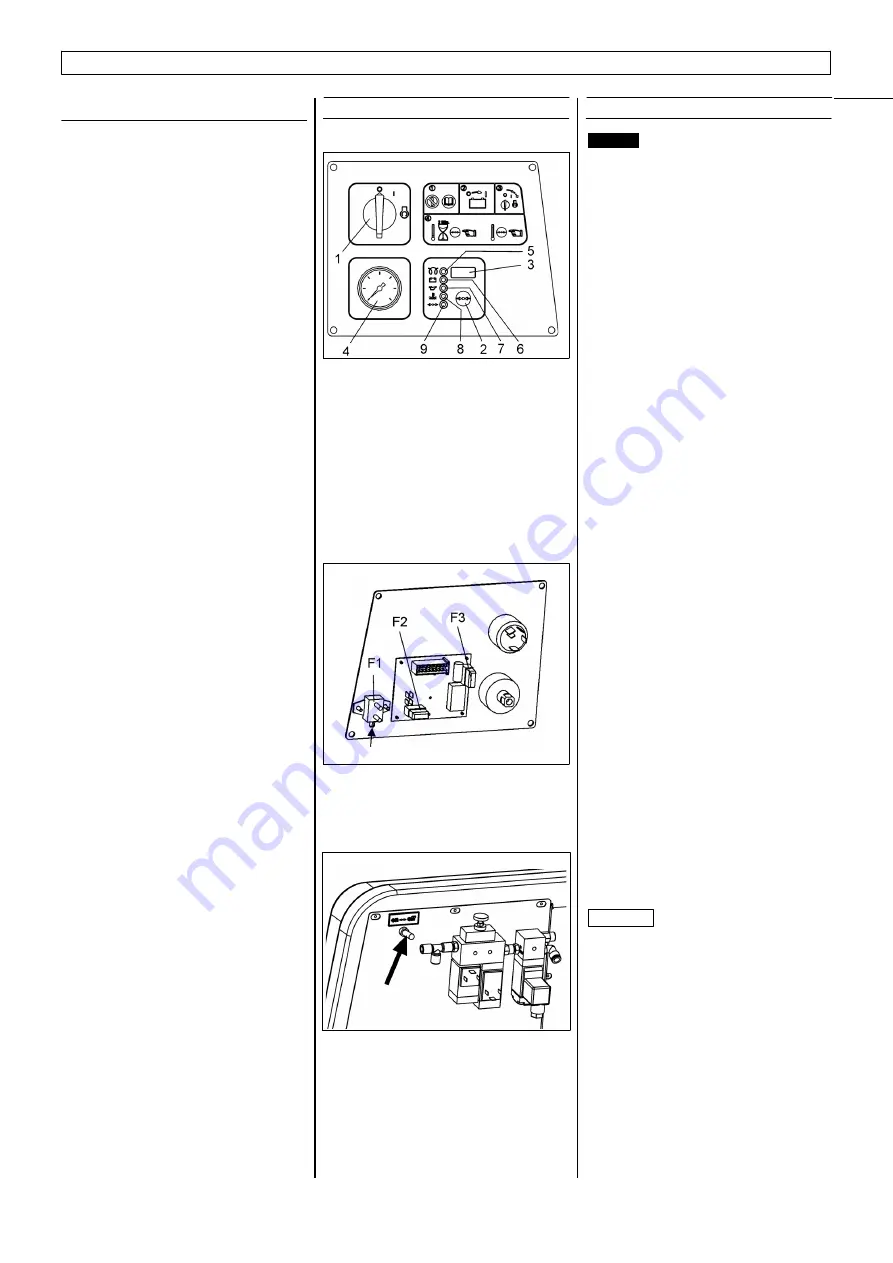
25
7. Putting the compressor into operation
7.1 Initial operation
Transport inspection
Every GARDNER DENVER screw
compressor has already run in the factory
and has already undergone a thorough
test before shipment. This test ensures
that the compressor complies with the
given data and works perfectly.
Independent of the care taken in the
factory, it is still possible for the
compressor to be damaged during
transport. For this reason it is
recommended that the unit should be
examined for possible damage during
transport.
Remove any transport seals (dummy
flange, plugs, etc.) and dehydrating
agents before start-up. Distribution tubes
and connection lines must have the
specified dimensions and must be suitable
for use with the max. operating pressure
and the media to be taken up.
During the first hours of operation, the
compressor should be observed in order
to be able to ascertain any possible
malfunctions.
7.2 Operating elements
Operating panel:
Fig. 24
1 Ignition switch
2 Load button
3
Hours of operation counter
4
Operating pressure gauge
5
LED 1 Pre-heating
6 LED 2 Battery charge
7 LED 3 steady => Oil pressure
flashing=> Fuel shortage
8
LED 4 Motor and compressor
temperature
9
LED 5 Load run
Fig. 25
F1 Main fuse
F2 Fuel pump
F3 Lifting magnet
7.3 Start-up
Danger
Before starting up, make sure that no
one is in the danger area of the engine
/ screw compressor.
Compressors may not be operated in
hazardous environments unless they
have been specially designed for this
purpose (e.g. exhaust protected
against emission of flying sparks etc.).
Never, under any circumstances, use
"Startpilot" (Spray-can starting aid),
ether or other starting aids - Danger of
explosion!
After service work has been completed:
Make sure that all protective devices
have been refitted and that all tools
have been removed.
The exhaust from the system
contains carbon monoxide, a lethal
gas.
The exhaust must be routed to the
outside via a pipe or a hose with an
internal diameter of not less than
100 mm if the compressor is used
indoors.
Adequate ventilation must be
assured.
The use of an exhauster system is
urgently recommended.
Only operate the compressor with the
hood closed. The hood may only be
opened briefly for minor adjustments
while the compressor is running.
Skilled personnel only are authorized
to work with the hood open.
When working with the screw
compressor in operation and with the
shielding/hood open, wear ear
protection.
Caution: this may impair
communication between persons.
Warnings may not be heard. Inform
supervisor.
Fig. 26 Main switch
Opening the covering interferes with
the flow of cool air in the compressor
section.
Full sound-insulating is only achieved
when the covering is closed.
Check the oil levels in the pressure
tank and in the engine of the
compressor each time before start-up.
Do not start the compressor unless the
air tapping cocks are closed.
Attention
Summary of Contents for GDP21
Page 8: ...6 2 Foreword Chassis rigid braked Fig 5...
Page 53: ......
Page 61: ......
Page 62: ......

